
Île Milliau
Trébeurden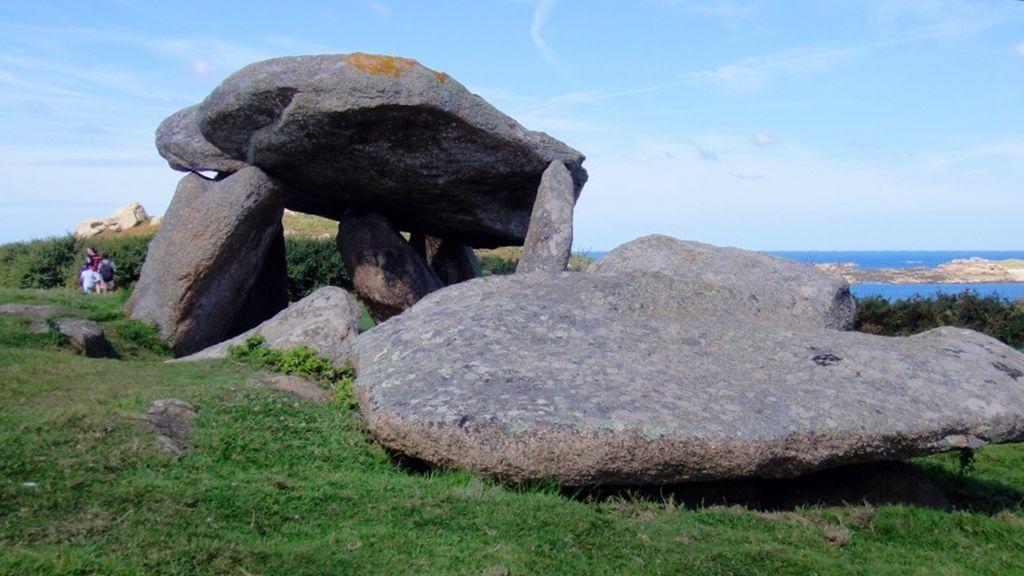
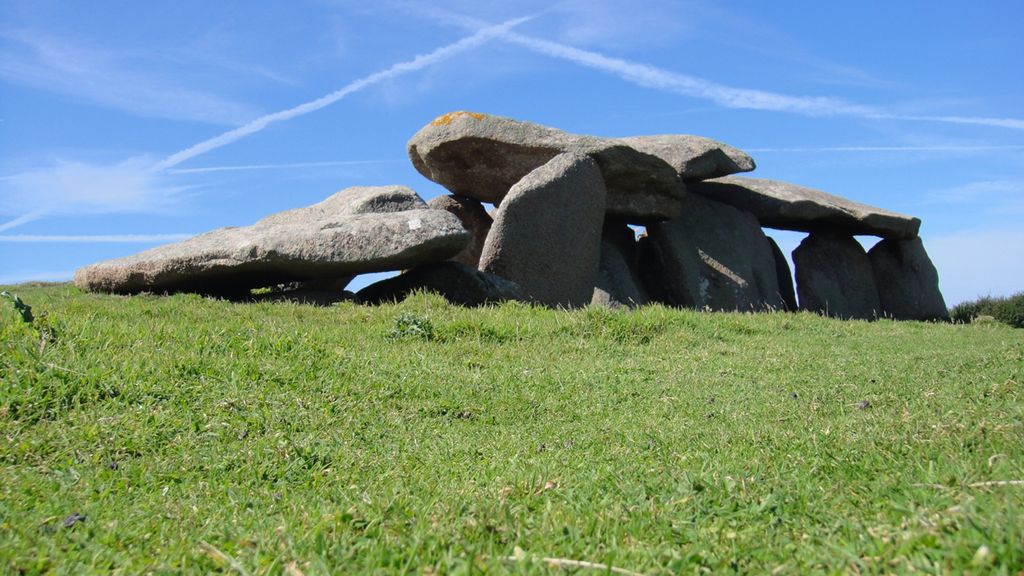
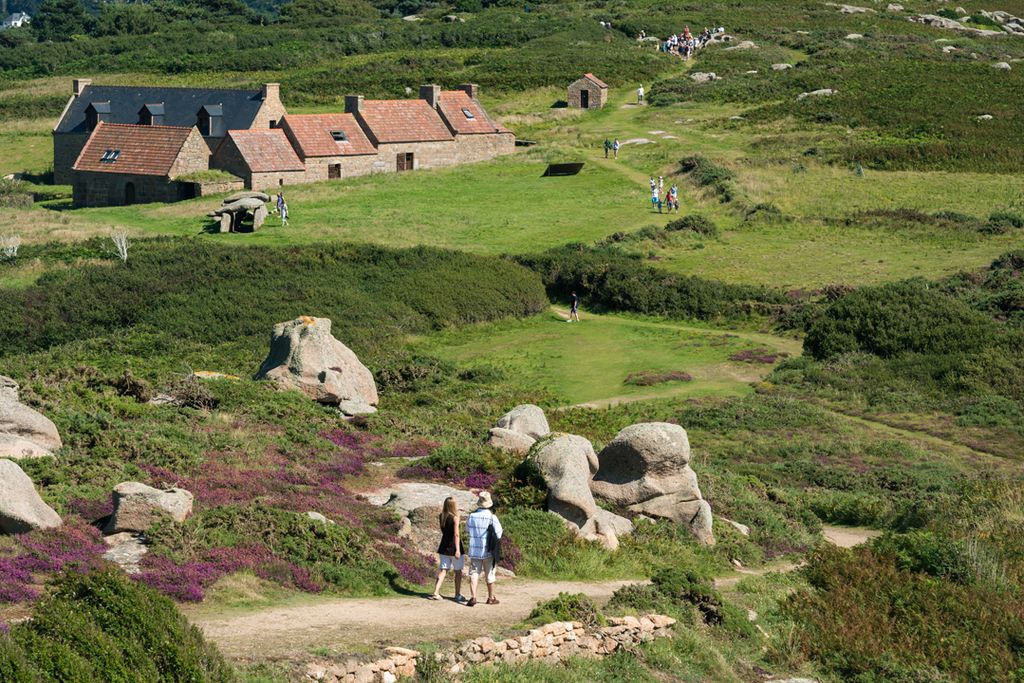
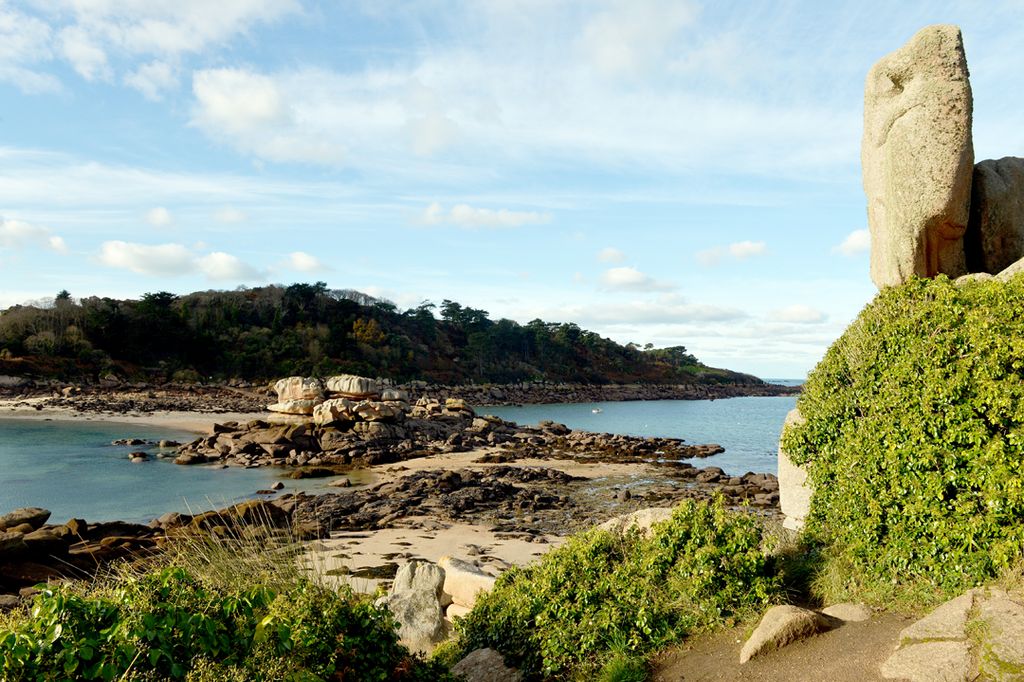
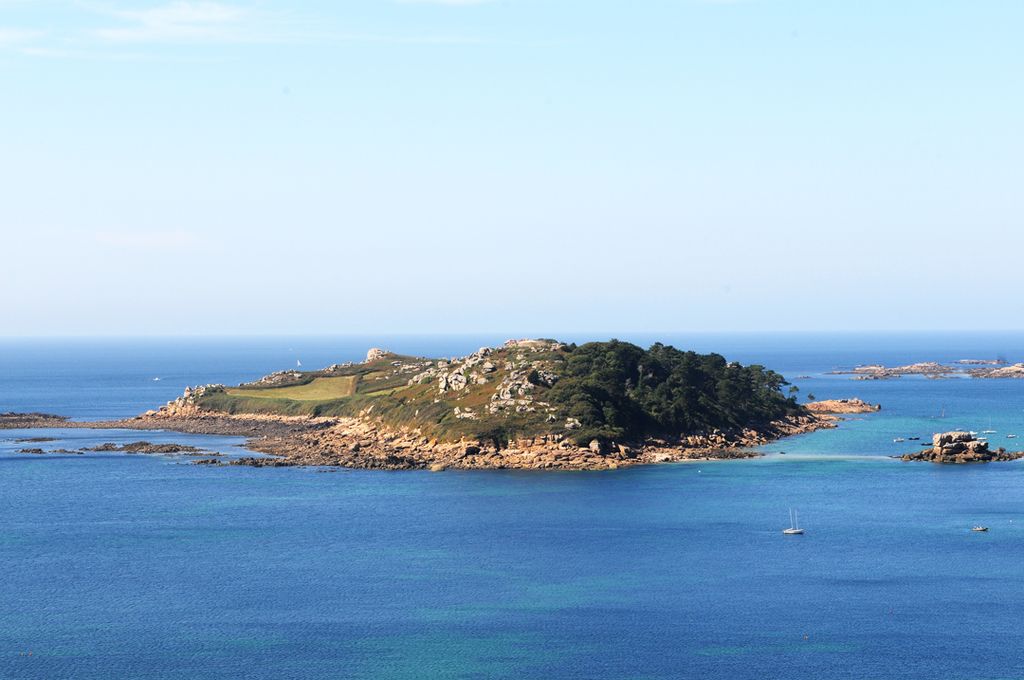
About
With its remarkable pink granite rock formations and darker sedimentary rocks, Île Milliau offers a landscape which takes your breath away. As well as enjoying the site's natural beauty, you can look for traces of human settlement. The first signs date from the Neolithic period: our ancestors erected a gallery grave which would have served as a burial monument. Then, legend has it that in the sixth century a monk named Milliau came from a northern country to evangelise the area and settled here. You will also find a farmstead here, built at the end of the Middle Ages and now renovated. On the way, you will go round the Presqu’île du Castel peninsula, passing "Père Trébeurden" (Father Trébeurden), a rock in the shape of a face. Wear good shoes and take care, as the area is steep and slippy, and on some days the tides make access to Île Milliau impossible.
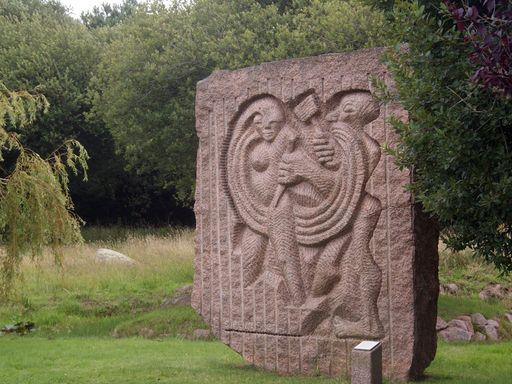

Christian Gad et Daniel Chee Park, and the Roche des Poètes
Perros-Guirec
This park is dedicated to the memory of two quarrymen and displays granite used in an unusual way. This noble material, the basis for unique poetic landscapes, has inspired many artists over the...  See
See
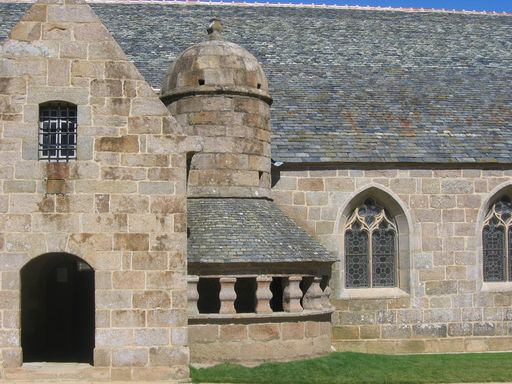

The Village
Trégastel
This church was built in several stages. The original building, dating back to between the twelfth and thirteenth centuries, was modified several times over the centuries. In the seventeenth century,...  See
See
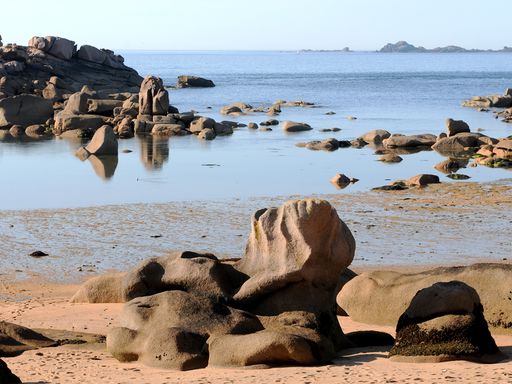

Île Renote
Trégastel
Formerly an island, Île Renote was joined to the mainland in 1895 by construction of a road, forming a peninsula. It has an exceptional geological and human history. Inhabited for 5,000 years, it...  See
See
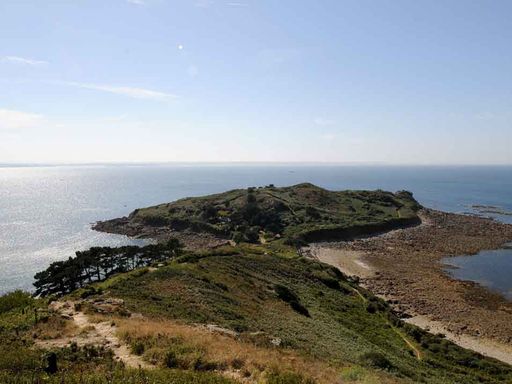

Bihit Point
Trébeurden
Jutting out into the sea, Bihit Point offers a magnificent panoramic view. The grey, jagged rock which forms this headland and the small island to its left, Île Mignonne, is the oldest in Europe. It...  See
See



